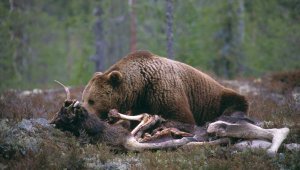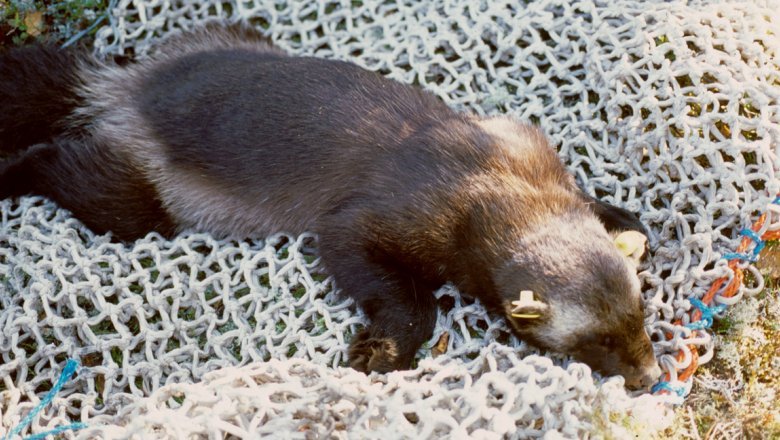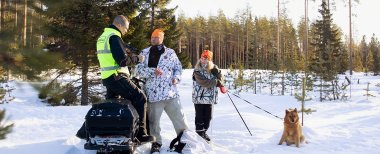The method's feasibility is reduced by the lack of suitable wilderness habitats and the tendency of the transplanted animals to migrate back to their original territories. Local residents are also often against having large carnivores transplanted into their environment. Recent studies have shown that young wolves spread very effectively, which makes it possible that the species may spread to the entire country even without transplantations.
National Resources Institute Finland (Luke) has transplanted around 20 wolverines and half a dozen lynxes and bears in Finland between 1984−1998. No wolves have been transplanted. The transplanted wolverines were taken from the reindeer herding area and placed mainly in central and western Finland. The now established wolverine population of Ostrobothnia and northern Central Finland is largely the result of transplantation. Bears and lynxes have been transplanted to Northern Häme, which also resulted in established populations.


